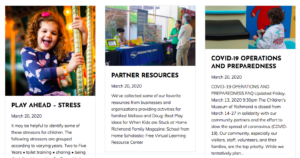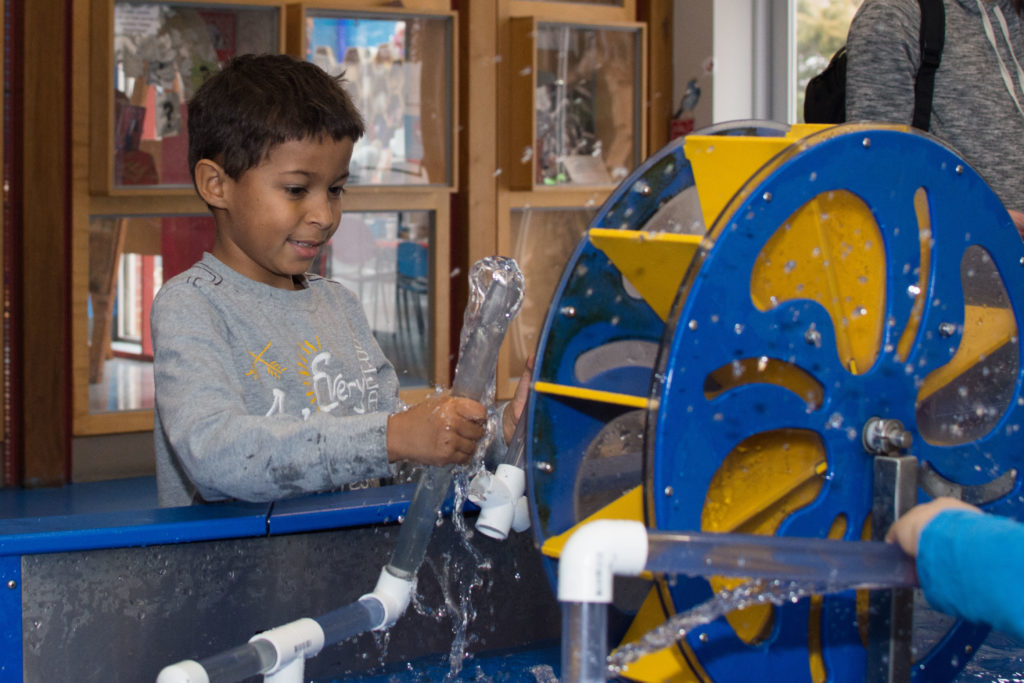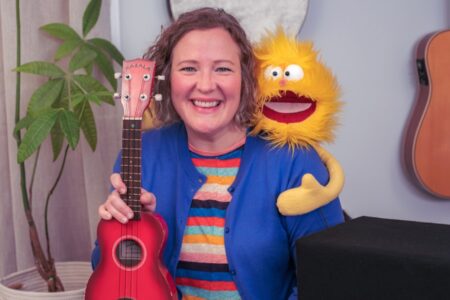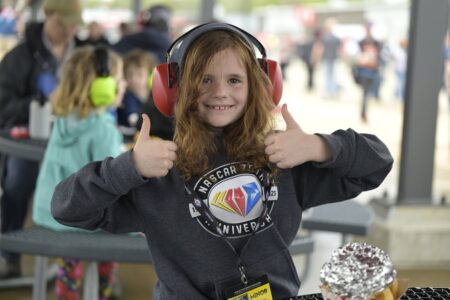From fundamental educational concepts to socialization skills, research clearly shows that play has a positive impact on a child’s academic performance — and the more often they engage in play, in an environment such as the Children’s Museum, the more likely they are to find success both inside and outside the classroom.
At the Children’s Museum, children’s growth is inspired by engaging families in the power of play, knowing that everyone can learn more — and learn better — when they play together. Or to put it another way, when children play ahead, they get ahead!
Explore these seven examples of the life skills that play can help promote in children:
1. Problem-Solving Skills
When children are given the opportunity to easily and confidently explore different outcomes and alternative processes within their playtime, it serves to develop their ability to use problem-solving skills in a creative manner.
 2. Motor Development Skills
2. Motor Development Skills
Physical play is the term used to describe the range of activities that highlight the combination of a child’s natural energy and their physical movements, allowing them the chance to further enhance both their fine and gross motor development skills.
3. Language Skills
Starting as infants, children begin to understand how sounds are put together, ultimately learning how to segment their speech away from a single continuous string of sounds and into separate words. The Children’s Museum provides many resources that can assist children in their language development, through singing, learning rhymes, reading aloud and listening to other readers as well.
4. Spatial Skills and Coordination
When a child’s playtime activity helps them develop their spatial skills and hand-eye coordination, this is known as constructive play,connecting a child’s mental activity with the actions of their hands and fingers, further promoting their abilities to discover new possibilities.
5. Communication and Negotiation Skills
Nearly every activity you’ll find at the Children’s Museum promotes a child’s ability to play along with others and accept perspectives beyond their own. Whether playing with friends, parents or family, children will engage in cooperative activities that help to hone both their communication and negotiation skills.
6. Creative Skills
Creativity is both a common and crucial element of a child’s playtime activities, a great way for children to make their feelings and emotions visible and better understood by others, setting the stage for children to learn how to better cope with their own difficult emotions, such as frustrations, in a safe and nonthreatening way.
7. Pre-Reading and Reading Comprehension Skills
When children are encouraged and given the ability to create and tell their own stories, it helps to support and strengthen the comprehension skills that will emerge at later stages, when they begin to read.
There’s no one type of play that is more important than another — in fact, the best type of play is that which combines elements of all seven, mixed together with a child’s own unique personality. At the Children’s Museum, exhibits are designed to support combinations of play types happening together.
___________________________________________________________________________________________
 For new videos, family activities, and parenting resources during the pandemic, please visit the Children’s Museum Play at Home Blog.
For new videos, family activities, and parenting resources during the pandemic, please visit the Children’s Museum Play at Home Blog.
In the future, you will be able to enjoy unique exhibits and new experiences at your local Children’s Museum location.







